
Bath toys undoubtedly help with getting children into the tub, but they’re also magnets for mold. If you’ve ever squeezed a bath toy and it oozed black, watery gunk, then you’ve seen the evidence of mold. Here’s all you need to know about it:
Where does mold grow?
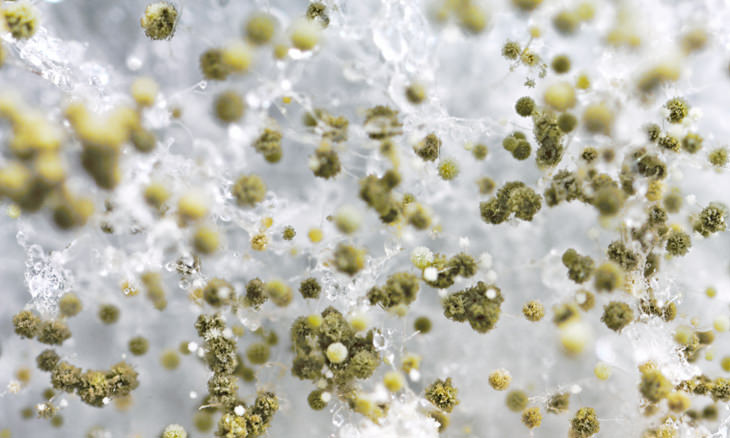
Mold has the potential to grow in almost any place that traps moisture, and this includes bath toys, humidifiers, nasal aspirators and even teething rings. An example of this is when Tommee Tippee’s sippy cups made headlines after parents discovered black mold inside the spout on the underside of the lid.
Various retailers have also struggled with mold in their products.
How dangerous is mold?

Although it gets a really bad rap, mold is generally not dangerous, especially when it’s present in very small amounts. There’s no need to panic if your child accidentally ingests mold – their body will digest it and dispose of it.
Unless your child has immune problems, you shouldn’t worry about your child accidentally ingesting a squirt of moldy bath toy water. The likelihood of them getting sick from this is almost zero. However, you should be wary if your child does have a mold allergy. This is because exposure can cause itchy eyes and skin rashes.
With regard to the above, it must be said that there is a distinction to be made between a limited amount of mold and an indoor environment that’s moldy. Exposure to mold in an indoor environment has been shown to cause upper respiratory tract symptoms, coughs, wheezing and asthma in healthy people.
How can I tell if my kids’ toys contain mold?
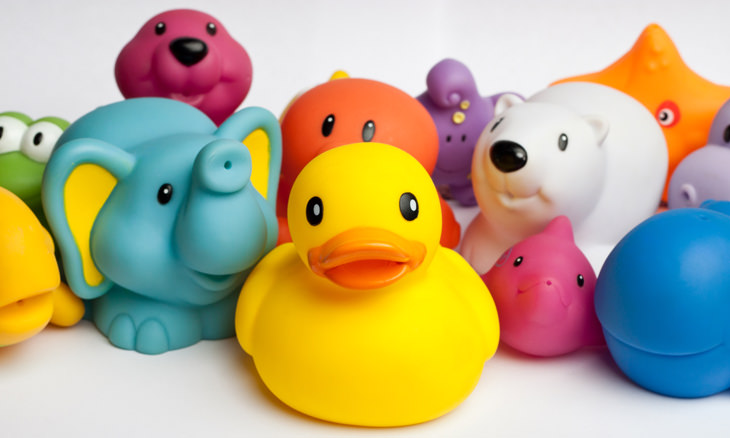
Mold on the outside of a toy is easy to spot and clean, but it can be a lot harder to detect mold that’s lurking on the inside. Inspect toys with holes in them by filling them with water and squeezing the water out. Dark gunk that comes out with the water is indicative of the presence of mold.
Keep in mind that there are certain toys that need to be broken apart in order for you to see inside of them, but this will most likely ruin them.
How can I get rid of mold in my kids’ toys?
If you have a suspicion that there might be mold in one of your kids’ toys or sippy cups, then you should throw them away and replace them, because it can be quite hard to get rid of. Larger toys can be cleaned by being left to soak overnight in ¾ of a cup of bleach mixed with one gallon of water.
Should you have a humidifier that’s cause for concern, you should clean it weekly to prevent mold build-up. Clean it more thoroughly with distilled vinegar or bleach once a month.
Conclusion: Prevention is better than cure
Try plugging bath toys with a dab of hot glue to prevent water from getting trapped inside. Boil them periodically, and also wash them in the aforementioned bleach and water mixture. You can also put toys in the dishwasher. Always allow them to dry thoroughly after cleaning.
Images by Deposit Photos.

How We Might be Giving Our Children Bad Sleeping Habits
To help you understand exactly what you’re doing wrong and what you should be doing, we have some tips from pediatricians that will help ensure every child's age.
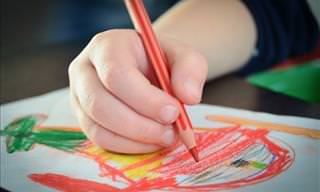 2:41
2:41
Here's Why Children's Drawings Are So Important for Us All
This informative video explains why children's drawings are so important for their own development, as well as for the advancement of society as a whole.
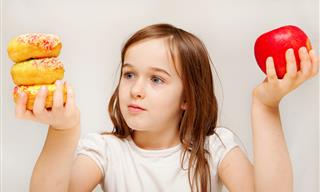
A Few Things About Child Obesity We All Need to Know
What causes childhood obesity, why is it getting more common, and what can be done about it?

35 Small Gestures Kids Truly Appreciate
To help your child feel good about themselves at any age and to show them how much you love them, we’ve gathered 35 small and simple gestures that will help you create a warm and loving relationship.

Give Your Kids a Head Start by Creating a 'Literate Home'
In order to turn your home into a 'literate home' you need nothing but some love, dedication, and a number of inexpensive materials.

Lessons I Learned From My Father on How to Be a Parent
Although I've passed on these skills to my own children, my father also imparted 10 additional lessons that we couldn't have learned from anyone else...
 2:27
2:27
Tutorial: How to Uninstall Apps on Your Windows 11 PC
How to uninstall apps on your windows PC.

Research Shows: Just 2 Spoons of This to Lose Weight
Cider Apple vinegar is making headlines again following a study that found two tablespoons of it per day may greatly help with weight loss and improving blood sugar. Even more than expensive medications and treatments with many side effects.

Worn-Out-Mother Syndrome: What You Need to Know
what exactly causes Worn-Out-Mother Syndrome, 8 signs , and what you should do to get back on track and deal with it successfully.

Effective Parenting Styles and Techniques for All Ages
This article highlights how parenting styles and approaches intersect and vary in effectiveness depending on the child's age.

What Does It Mean to Be a True Friend? A Beautiful Answer
Very few things in this world are as cherished and precious as a true friend is! This heartwarming video does its best to explain why.

22 Photos That Show Children Do Take After Their Parents
It's truly a joy to see that a child resembles their parent or grandparent. It's especially fun to compare photos of these family members when the same age!

Marriage: 7 Fascinating Studies We Should All Read
7 different studies that shed some light on marriage, and perhaps offer insights and tips that will help you understand your own relationship better.
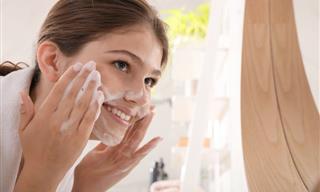
Guide: When to Allow Children to Use Beauty Products
Let's understand when your children can (and maybe should) start using cosmetic products and what they can incorporate into their skincare routine according to their age.

How to Keep Kids Safe Around the Pool
Know someone with young kids? Share this important guide about keeping kids safe near pools with them – it could help prevent a tragedy.

55 Things a Loving Man Does for the One He Loves
In order to show that men do express their love, here is a list of 55 things men do to show affection.

9 Things Every Loving Mother Does for Her Children
The following 9 things clarify exactly how much mothers do for their children without them always being aware of it... ..

Here’s How to Develop Your Child’s Brain And Thinking
As parents, we often wonder if we are doing enough to develop our children's brains. The following 12 tips will help them grow up to be smarter adults.

99 Ways to Make Sure a Marriage Withstands the Test of Time
if you want a rock solid marriage, one that will go the long haul - Read these words of advice carefully, and write them on your heart!

Improve Your Child's Life By Teaching Them These 15 Things
15 important insights about approach, effort, and the importance of choosing friends, and many more essential things that your children should know.

How to Enrich and Maintain the Bond with Grandchildren
today we’ll introduce you to some tips to strengthen the relationship between grandchildren and their grandparents.

10 Simple Games To Play With Children Anywhere You Go
Do you dread being asked "are we there yet?" Try these simple games and you'll have your young ones entertained for hours upon hours!
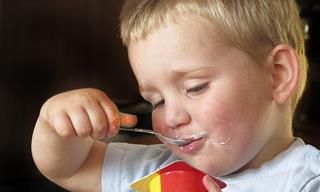
8 Foods You Shouldn't Give to Children
We’ve prepared a list of 8 such foods that you should definitely know about.
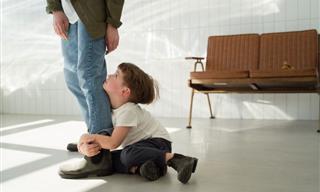
Guide: When Your Child is an Angel... With Everybody Else
We’ll also show you what your partner needs to do to ease your burden and improve their emotional connection with the child
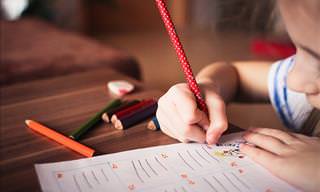
Some Good Advice for Teaching Your Kids How to Learn
Our children learn a lot in school, but some have a hard time studying, task solving, reading instructions or summarizing texts. These 10 tips can help...

12 Important Body Gestures Babies Make
Get to know what these 12 body gestures babies make mean so you can really understand what your baby wants...

55 Questions You Can Use to Strengthen a Relationship
These questions can be used to start a light to heavy romantic conversation with your partner.

Relationship Anxiety: Understanding the Causes & Solutions
If you feel that you’re suffering from relationship anxiety, keep reading to discover the signs, causes, and how to overcome this issue.
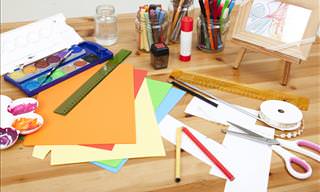 11:35
11:35
Keep Kids Entertained This Summer with Cute Paper Toys
This video will show you how to make beautiful ballerina and angel figurines, 3D paper ball and much more!

How to Get Your Baby to Sleep Through the Night
Is your baby having trouble sleeping through the night? These tips will help.

Most Parents Really Regret Making These Parenting Mistakes
For a little extra help for the always-busy parent, we compiled 10 common parenting mistakes and their fixes according to developmental psychologists.
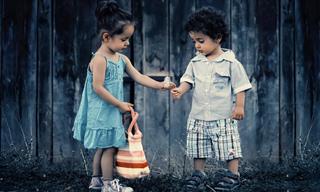
What to Teach Your Children About Love
Nine lessons every parent should teach their children about love.

12 Incredibly Sweet Signs That Your Baby Loves You
Babies may not know how to speak, but that doesn't mean that they do not know how to express love in a variety of very sweet and surprising ways.

The Hidden Impact of Growing Up with an Eggshell Parent
Were you were raised by an eggshell parent? Watch out for these signs.

How to Solve These 5 Common Marital Crises
Sooner or later, each couple undergoes one crisis or another that is inevitable. The good news is that we've put together the ways of dealing with them!
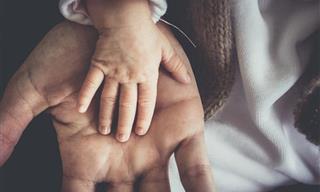
7 Styles of Parenting: Is Yours Among Them?
We explore the seven main styles of parenting and how each one may affect children.
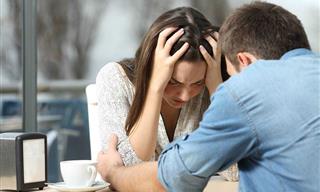
This Invisible Enemy Can Ruin Even the Best Relationships
How to identify and deal with the threat of resentment in a relationship.

Science Proves Once and For All: How to Prevent Infidelity
Psychologist and consultant Dr. Willard F. Hurley Jr. has conducted a series of studies in an attempt to figure out hot to prevent infidelity.

Heartwarming! The Special Bond Between Mother & Son
These pictures illustrate just how special the bond between a mother and son truly is. Take a look:

10 Things Scientifically Proven to Make Children Smarter
10 scientifically proven ways to make your children smarter. All easily done at home.

16 Pictures of Family Love that Will Move You to Tears
A collection of moments shared online that show family at its very finest and most loving
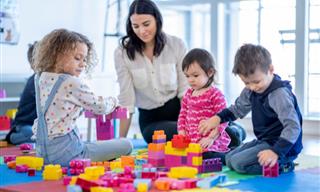
Childcare Costs Got You Down? Read This!
Childcare on a budget? Yes, it's possible!
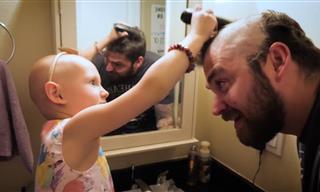 3:13
3:13
Dads Being Dads: A Celebration of Some Adorable Fathers
These heartwarming dad moments will brighten your day.

How to Handle 6 Frustrating Relationship Situations
We've gathered 6 particularly frustrating issues in relationships and some tips to help you solve the problems you’re experiencing – no matter which side you're on.

24 Coloring Pages for Kids Who Love Outer Space!
24 fun and free coloring pages for kids who love science and to color!

How to Stop a Crying Baby in Just a Few Seconds
There is nothing worse than a baby that just won't stop crying. Well, thanks to Dr. Hamilton, this problem could now be a thing of the past!
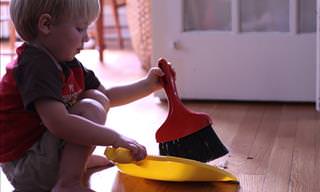
The Ultimate Kid's Cleaning Chores Guide: Infographics
When can kids help around the house and what can they do? According to one child expert, this guide is all you need to know.

Learning From Animals: The Animal Kingdom Parenting!
Do you listen to your gut when it comes to relationships and family? If you don't, you might want to start. Here's how...
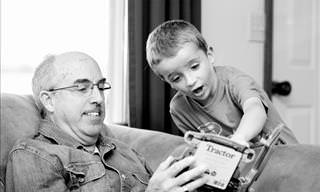
Dear Grandparents, Your Grandkids Have Something to Say
Dear Grandparents, your grandkids want you to know that every moment spent with you fills them with joy and love.
To enable your Ad-Free Subscription, please fill the fields below
Your subscription was successful, now you can enjoy an ad-free experience!! Note: To make sure you get no ads, please make sure to log in to your account. If you are logged in already, then refresh the page. The subscription can be cancelled at any time.


